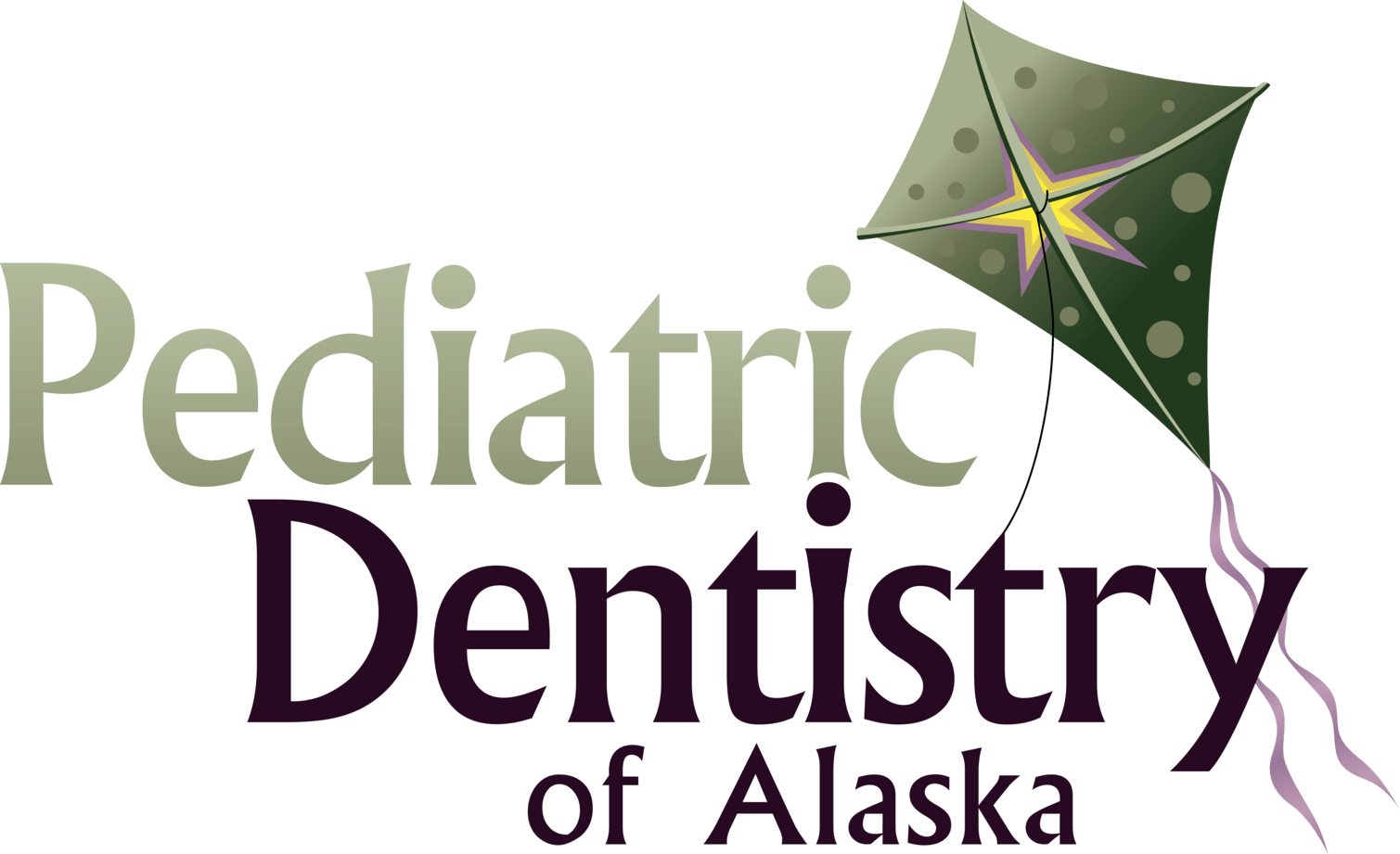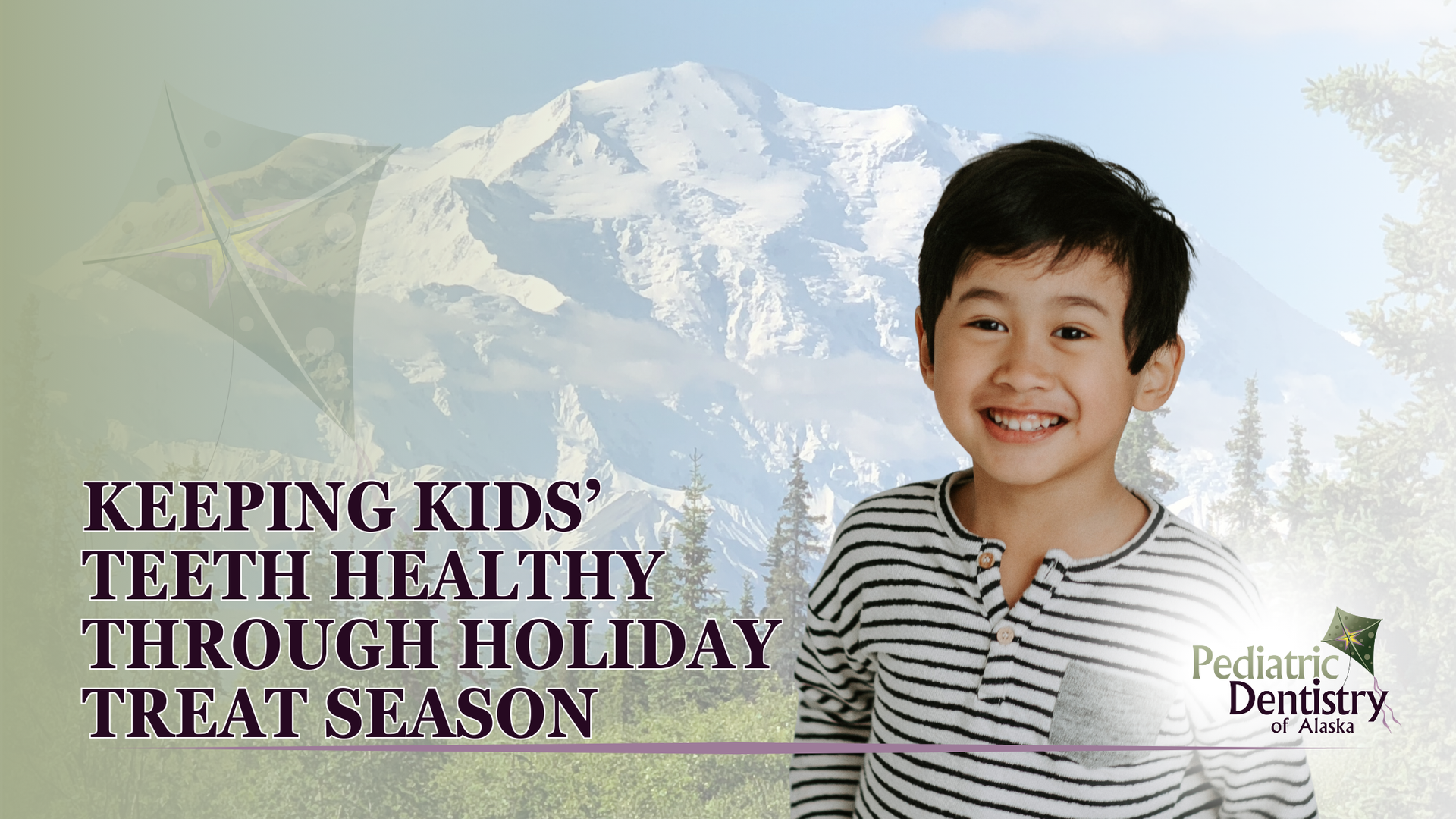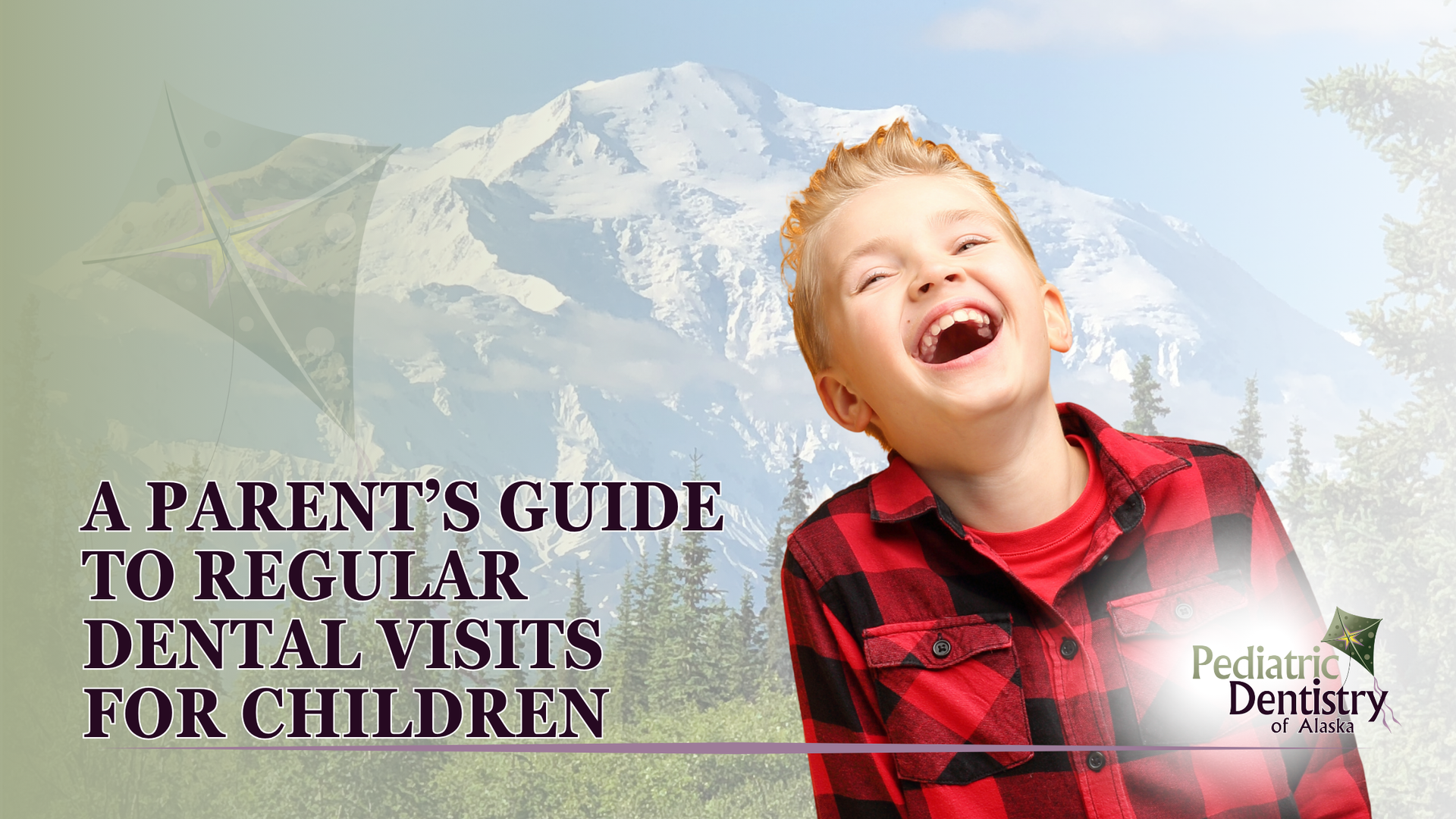Making Dental Visits Stress-Free: A Guide to Sedation for Kids
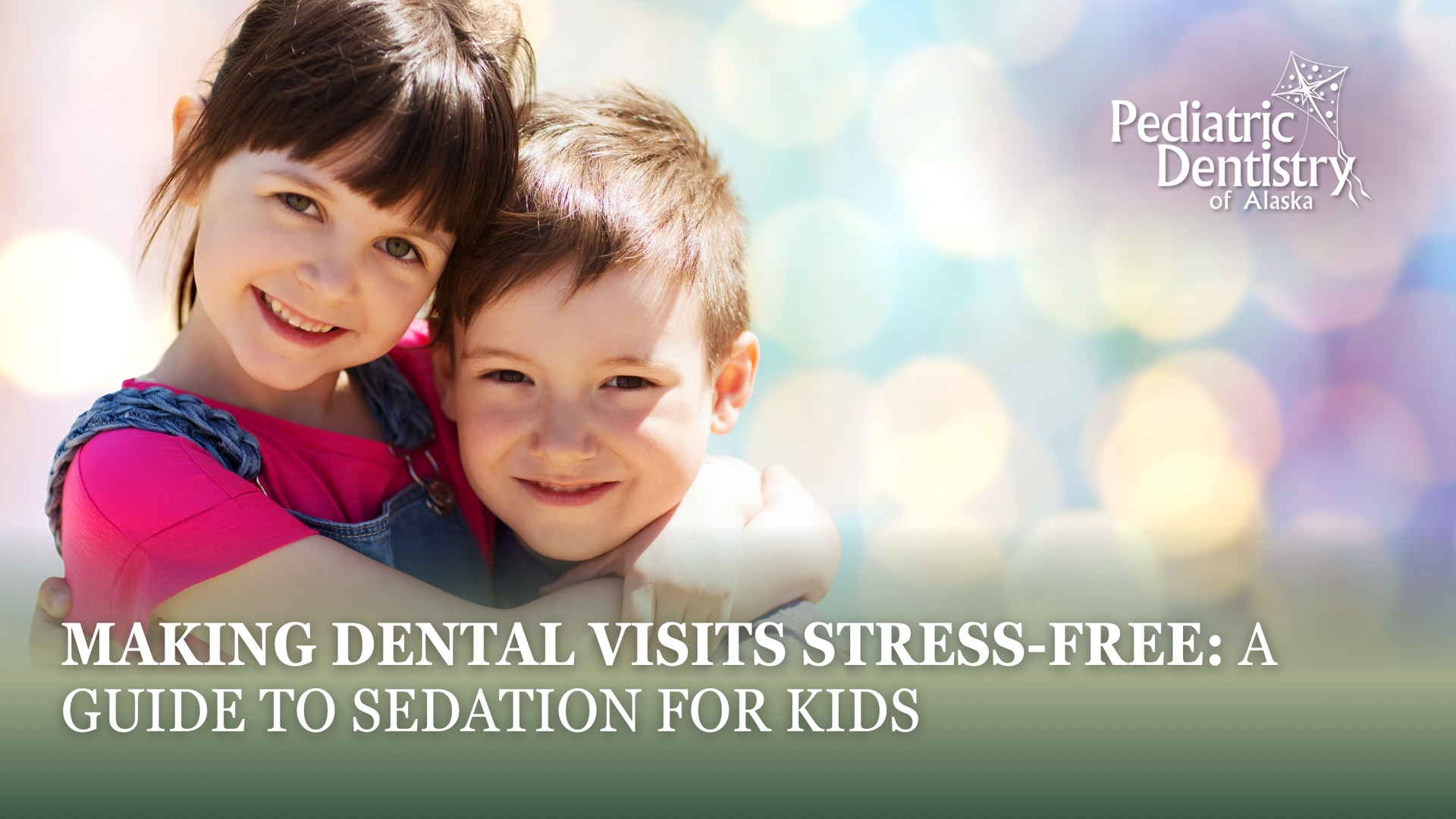
Source: Dr. Marketing
For many children, visiting the dentist can be a source of worry. The sights, sounds, and sensations of a dental office are unfamiliar, and even routine treatments can feel overwhelming. This anxiety is especially common in very young children, those with a history of difficult dental visits, or children who have special health care needs. For parents, the challenge becomes finding a way to ensure their child receives the care they need without fear or distress.
This is where dental sedation plays an important role. Sedation provides a safe and effective way to help children relax during treatment, allowing them to complete procedures comfortably. At Pediatric Dentistry of Alaska in Wasilla and Palmer, we use sedation dentistry to support positive dental experiences for children and to make sure their oral health is never compromised by fear.
What Is Dental Sedation?

Dental sedation refers to the use of medication to help patients feel calm, comfortable, and relaxed during dental care. It does not always mean a child is asleep—most sedation options keep children awake but in a deeply relaxed state. This allows them to remain responsive while minimizing fear, restlessness, or discomfort.
For children, sedation is particularly useful in the following situations:
- Anxiety or fear of the dentist makes it difficult to cooperate.
- The child is very young and cannot sit still for longer procedures.
- Extensive or complex dental treatment is needed.
- The child has special needs that make traditional dental care challenging.
The purpose of sedation is not to replace comfort and reassurance but to provide additional support for children who need it. By reducing stress, sedation makes it possible to complete dental treatment in a way that feels positive for both children and parents.
Why Sedation Dentistry Is Important for Children

Dental care is vital for a child’s overall health. Untreated cavities, gum disease, and infections can affect not only oral health but also eating, sleeping, speech, and confidence. Unfortunately, fear of the dentist often prevents children from getting the treatment they need. Over time, this avoidance can lead to worsening dental problems that require more complex care.
Sedation dentistry breaks this cycle. It allows children to undergo treatment without distress, helping them build trust with our team. When a child leaves the dental office having had a calm, comfortable experience, it changes how they view dental care in the future. This positive association can set the stage for lifelong oral health habits.
Types of Dental Sedation for Children
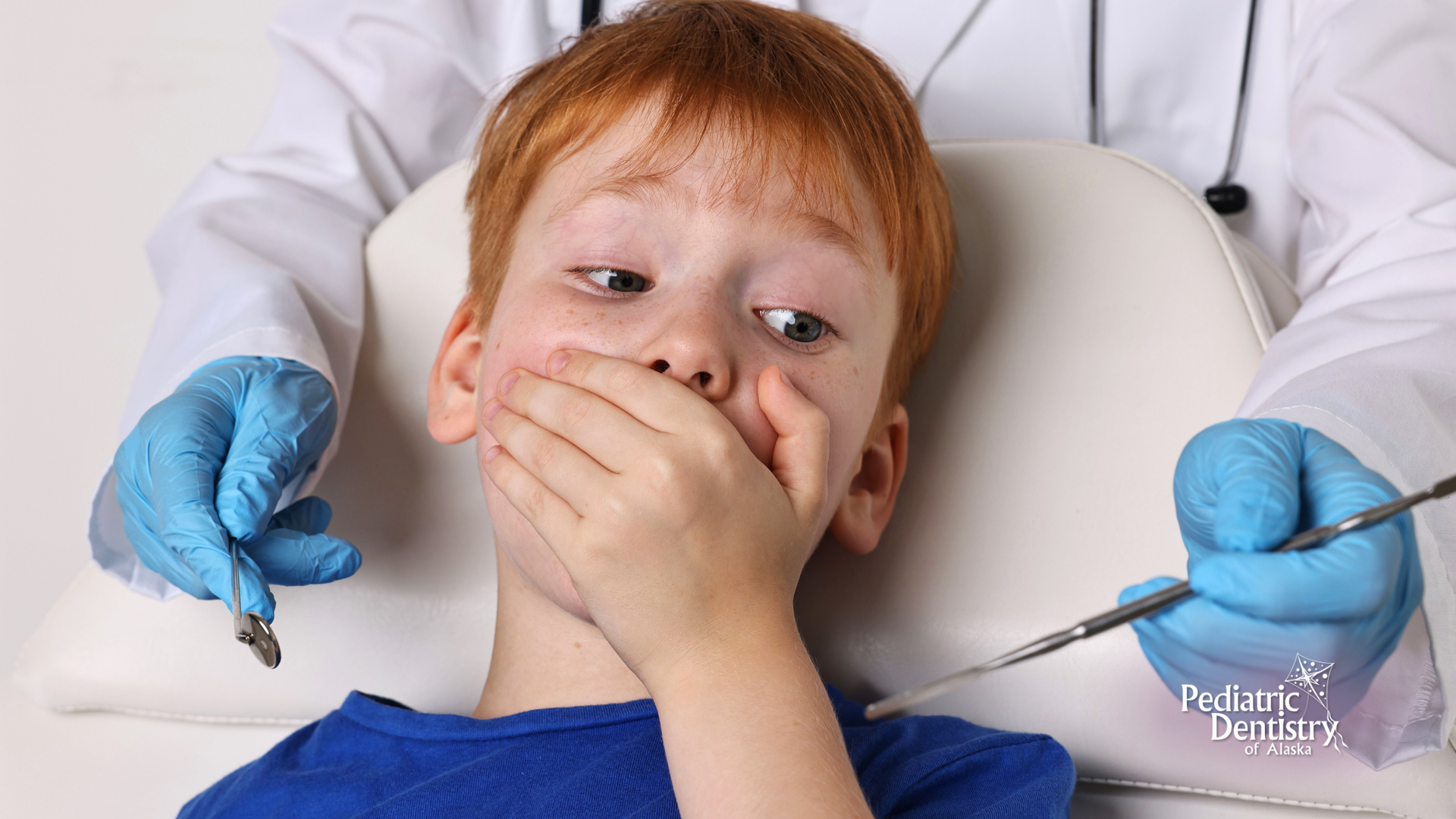
Not all sedation is the same, and the right option depends on the child’s needs, medical history, and the procedure being performed. Pediatric dentists typically recommend one of the following:
Nitrous Oxide (Laughing Gas)
This is the most common and mildest form of dental sedation for children. A small mask is placed over the child’s nose, and they breathe in a mixture of nitrous oxide and oxygen. Within minutes, they begin to feel relaxed, less anxious, and sometimes a little lighthearted. The effects wear off quickly once the mask is removed, which means children can usually resume normal activities right after their appointment.
Oral Sedation
For children with higher levels of anxiety or who need longer procedures, oral sedation may be recommended. This involves taking medication in liquid or pill form before the appointment. Oral sedation makes children drowsy and calm, though they remain awake and responsive. It is useful for children who may need more than nitrous oxide but do not require IV sedation.
IV Sedation
Intravenous (IV) sedation is stronger than oral sedation and is typically recommended for children who need extensive dental work or who struggle with severe dental anxiety. The medication is delivered directly into a vein, allowing for precise control over the level of sedation. Under IV sedation, children are still conscious but very relaxed and unlikely to remember much of the procedure.
General Anesthesia
In some cases, general anesthesia may be the best choice. This is typically recommended for children who require extensive dental treatment, have significant medical needs, or cannot tolerate dental care any other way. Under general anesthesia, the child is fully asleep, and the procedure is performed in a hospital or surgical center setting. While this option carries more considerations, it allows for safe, comprehensive care when other methods are not appropriate.
Sedation Dentistry for Children with Special Needs
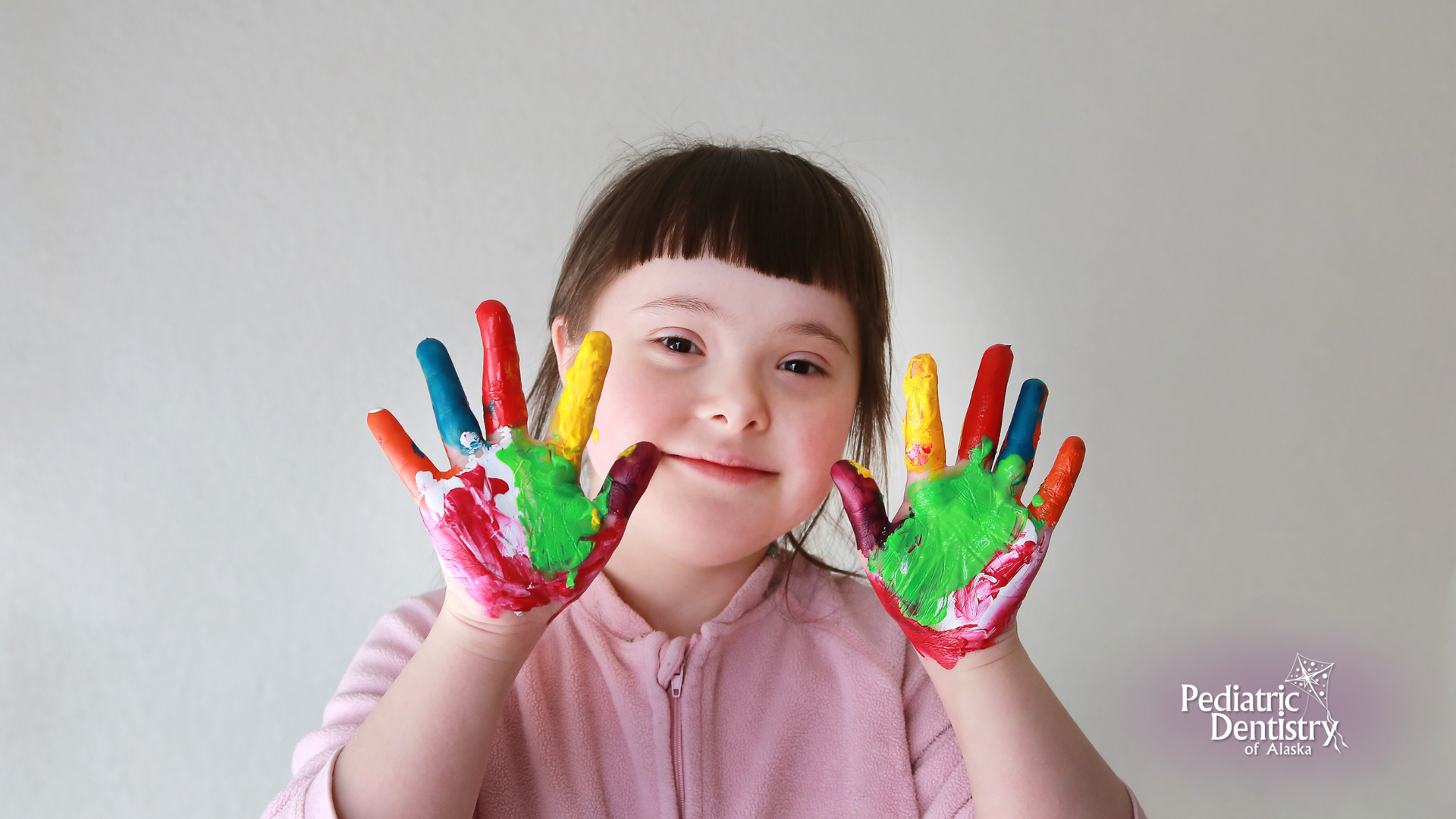
Children with special health care needs may face unique challenges when it comes to dental care. Sensory sensitivities, difficulty sitting still, or heightened anxiety can make traditional appointments difficult. Sedation provides a way to make dental care safe, comfortable, and accessible.
The American Academy of Pediatric Dentistry (AAPD) recognizes sedation as a valuable tool for children with special needs, as it ensures they can receive preventive and restorative care without unnecessary stress. With careful evaluation, tailored dosing, and continuous monitoring, sedation dentistry creates a supportive environment for both the child and their family.
At Pediatric Dentistry of Alaska in Wasilla and Palmer, we work closely with parents to develop individualized care plans that address each child’s unique needs, ensuring safety and comfort at every stage.
Safety and Monitoring
Understandably, one of the most common concerns parents have is whether sedation is safe for children. The answer is yes—when it is administered by trained professionals in a controlled setting, sedation is a safe and effective option.
During the procedure, our team monitors the child’s heart rate, breathing, and oxygen levels continuously. Sedation plans are customized based on the child’s age, weight, and medical history, and strict guidelines are followed to ensure safety. Before recommending sedation, our dentist will review the child’s health background and explain the risks and benefits of each option, giving parents the confidence to make an informed decision.
Long-Term Benefits of Sedation Dentistry

The value of sedation dentistry goes beyond a single appointment. By creating calm and positive experiences, sedation helps children develop trust in dental care. Over time, this reduces fear and builds confidence, making it easier for them to return for future visits without hesitation.
For children with long-standing anxiety or special needs, sedation can transform the way they view dental care. Instead of associating the dentist with fear, they begin to connect visits with comfort and support. This shift can have lifelong benefits, encouraging consistent oral health habits well into adulthood.
Final Thoughts

Pediatric dental sedation is about more than managing fear—it is about making dental care safe, accessible, and positive for every child. With options ranging from nitrous oxide to general anesthesia, sedation can be tailored to meet the needs of each child, including those with special health care requirements.
At Pediatric Dentistry of Alaska in Wasilla and Palmer, our goal is to provide compassionate care that helps children feel secure while receiving the treatment they need. By working together with parents, we ensure that every child’s dental experience is calm, safe, and supportive.
If you would like to learn more about sedation options for your child, or if your child struggles with dental anxiety, contact us today to schedule a consultation. Together, we can make dental visits a positive step toward lifelong oral health.
